Is it better to use traditional air conditioners or industrial environmentally friendly air conditioners for factory cooling? Customers who don’t know much think these two products are similar. Jiangsu Xiaviyi, as a leader in the ventilation and cooling industry for 15 years, traditional air conditioners, industrial environmentally friendly air conditioners, and water-cooled air conditioners are actually two different things. A completely different thing. Not only the appearance, structure, price, energy consumption, and cooling effect, but also the working principles are completely different. Today, Xia Weiyi will give you an in-depth explanation of the differences between these two air conditioners.
1: Refrigeration capacity and refrigeration efficiency are different
Certified by the national third-party authoritative certification body (National Compressor Refrigeration Equipment Quality Inspection Center), the cooling capacity of a single 1.1kw Xiaviyi brand air cooler reaches 24.8kw, which is equivalent to the cooling capacity of a 10P air conditioner, with an energy efficiency ratio of 21.75kw. /kW ultra-high efficiency.
2: The differences in working principles between traditional air conditioners, industrial environmentally friendly air conditioners and water-cooled air conditioners:
The working principle of traditional air conditioners: Air conditioners use Freon as the refrigerant. The characteristics of Freon are: when it changes from gaseous state to liquid state, it releases a lot of heat. When it changes from liquid to gas, it absorbs a lot of heat. (That is, it first absorbs heat and vaporizes, then liquefies and releases heat.) The air conditioner is designed based on this principle; the compressor compresses the gaseous refrigerant into a high-temperature and high-pressure gaseous refrigerant, which is then sent to the condenser (outdoor unit) for heat dissipation and becomes normal temperature. High-pressure liquid refrigerant, so the outdoor unit blows out hot air; then it reaches the capillary tube and enters the evaporator (indoor unit). Since the refrigerant reaches the evaporator from the capillary tube, the space suddenly increases, the pressure decreases, and the liquid refrigerant It will vaporize and turn into a gaseous low-temperature refrigerant, thereby absorbing a large amount of heat, and the evaporator will become cold. The fan of the indoor unit blows the indoor air through the evaporator, so the indoor unit blows out cold air;
The working principle of water-cooled air conditioners: According to the natural physical phenomenon of "water evaporates and absorbs heat, and the evaporation area affects the evaporation efficiency", air is supplied indoors through the fan network, and the fresh outdoor air flows through the water-soaked wet curtain while the air is fully in contact with the moisture. Absorb sensible heat in the air to achieve ventilation, cooling, ventilation and dust removal. The purpose of increasing indoor oxygen content.
Three: Air conditioning and water-cooled air conditioning coverage area:
Coverage area of air conditioners: 23 units below 10㎡ (smaller one: power is about 750W)
10㎡-14㎡ 26 units (larger: power is about 1200W)
14㎡-18㎡ 32 units (one and a half smaller: power is about 1100W)
16㎡-20㎡ 35 units (one and a half horses: power is about 1102.5W)
20㎡-32㎡ 50 units (two horses: the power is about 1500W)
30㎡-45㎡ 61 machines (two and a half horses: the power is about 1850W)
45㎡-55㎡ 75 machine (big three: power is about 2300W)
Note: The above data comes from the space covered by the air conditioner with no obstructions or heat sources.
For example: The factory area is 1000 square meters, and workers work 10 hours a day. Taking a traditional air conditioner as an example: 0.75KW (power) × 100 units (quantity) × 10h (time) = 750KW
Coverage area of environmentally friendly air conditioners:
18000m3/h air volume covering 100-150㎡ (power is about 1100W)
22000m3/h air volume covering 150-200㎡ (power about 1500W)
30000m3/h air volume covering 200-250㎡ (power is about 2200W)
For example: The factory area is 1000 square meters, and workers work 10 hours a day. Taking the air volume of 18000m3/h as an example: 1.1KW (power) × 10 units (quantity) × 10h (time) = 110KW
It’s hard not to be surprised by the comparison. From two examples, it can be concluded that the energy consumption comparison between environmentally friendly air conditioners and air conditioners is self-evident.
Note: The above data comes from the space covered by environmentally friendly air conditioners with no obstructions or heat sources.
There is no professional data on this, because air conditioners have compressors, so the cooling effect is better; while environmentally friendly air conditioners use water evaporation to cool down, the corresponding cooling effect is definitely not as good as the cooling effect of traditional air conditioners. To sum up, all We should talk about the advantages and disadvantages of each. Traditional air conditioners have good cooling effect, but the energy consumption is very high. Although the cooling effect of environmentally friendly air conditioners is not as good as air conditioning, the energy consumption is very low, and it can meet the daily ventilation and cooling needs of workers. If you have any questions, please call us at 0512-66191878. We have professional customer service staff waiting for you 24 hours a day.



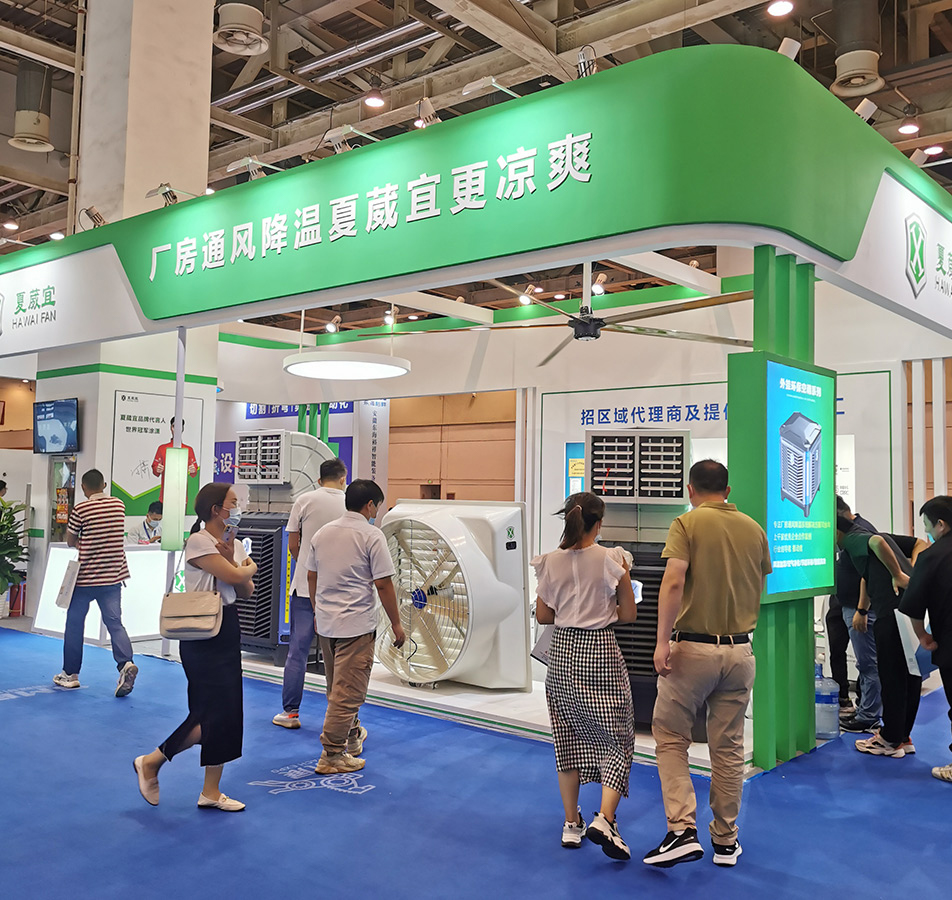
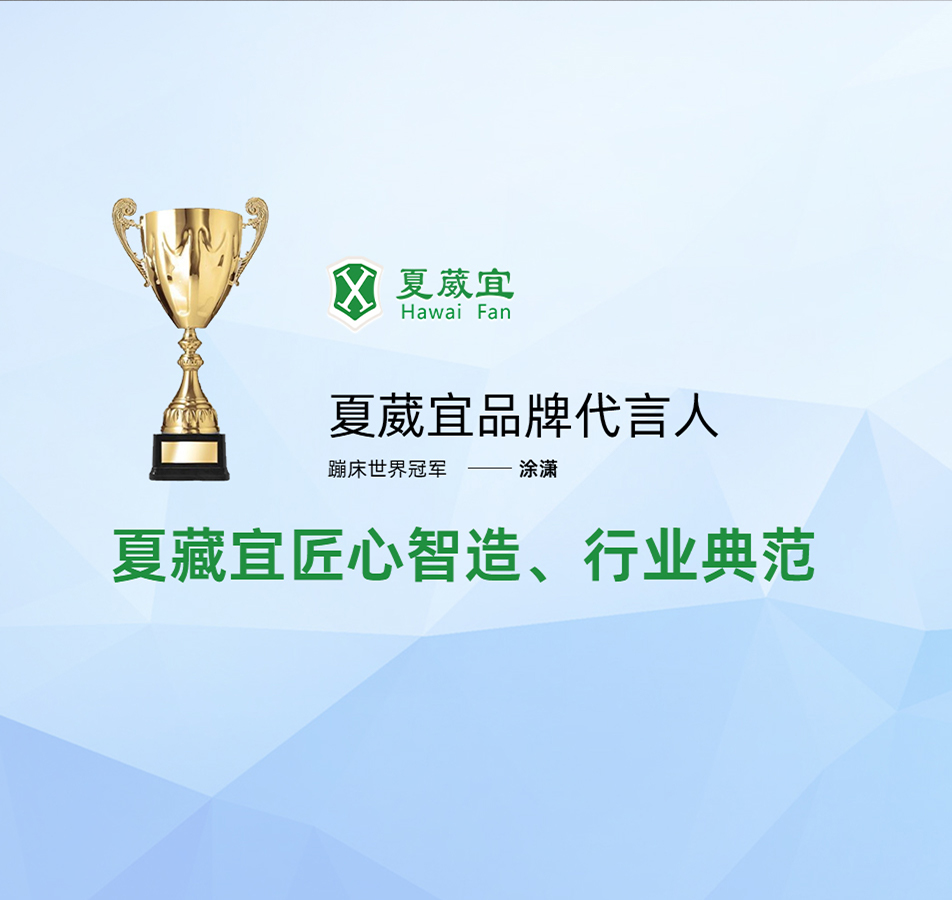
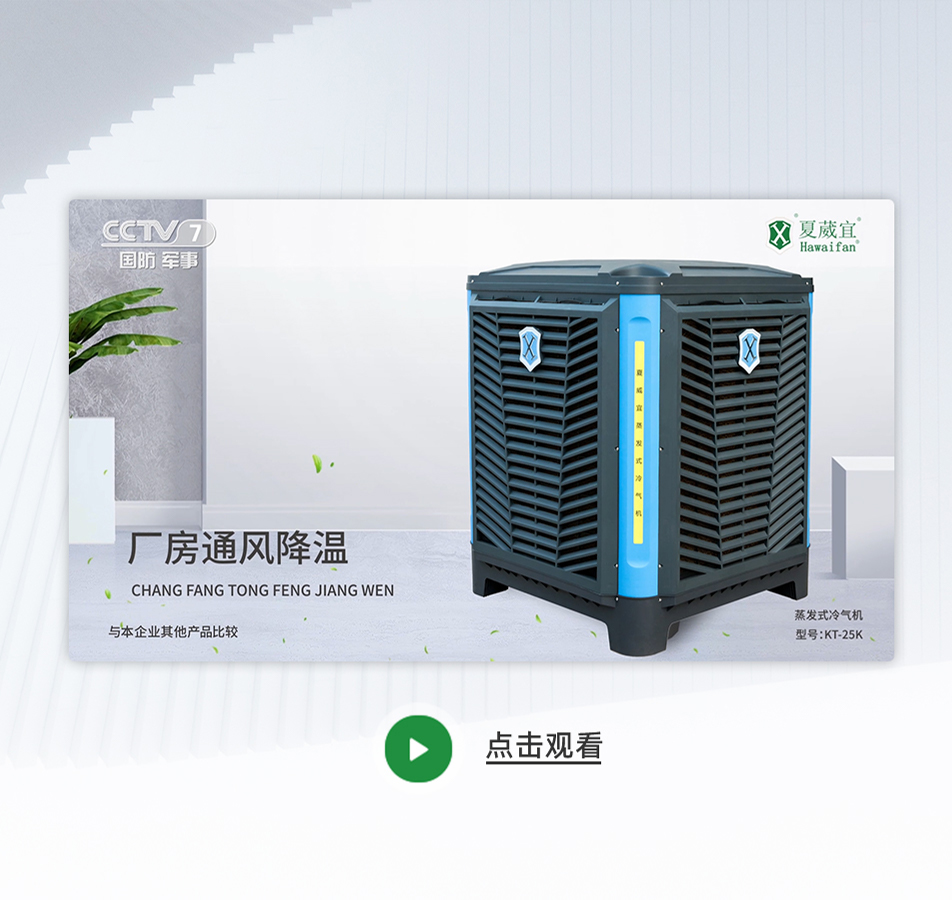
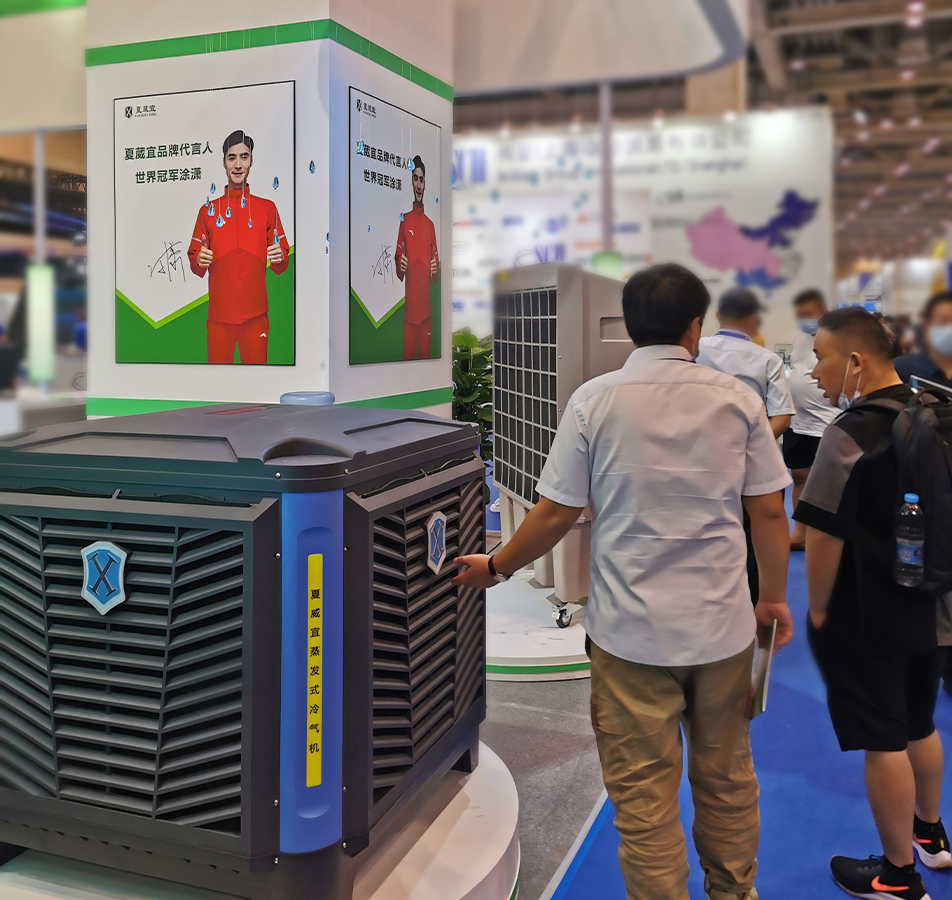

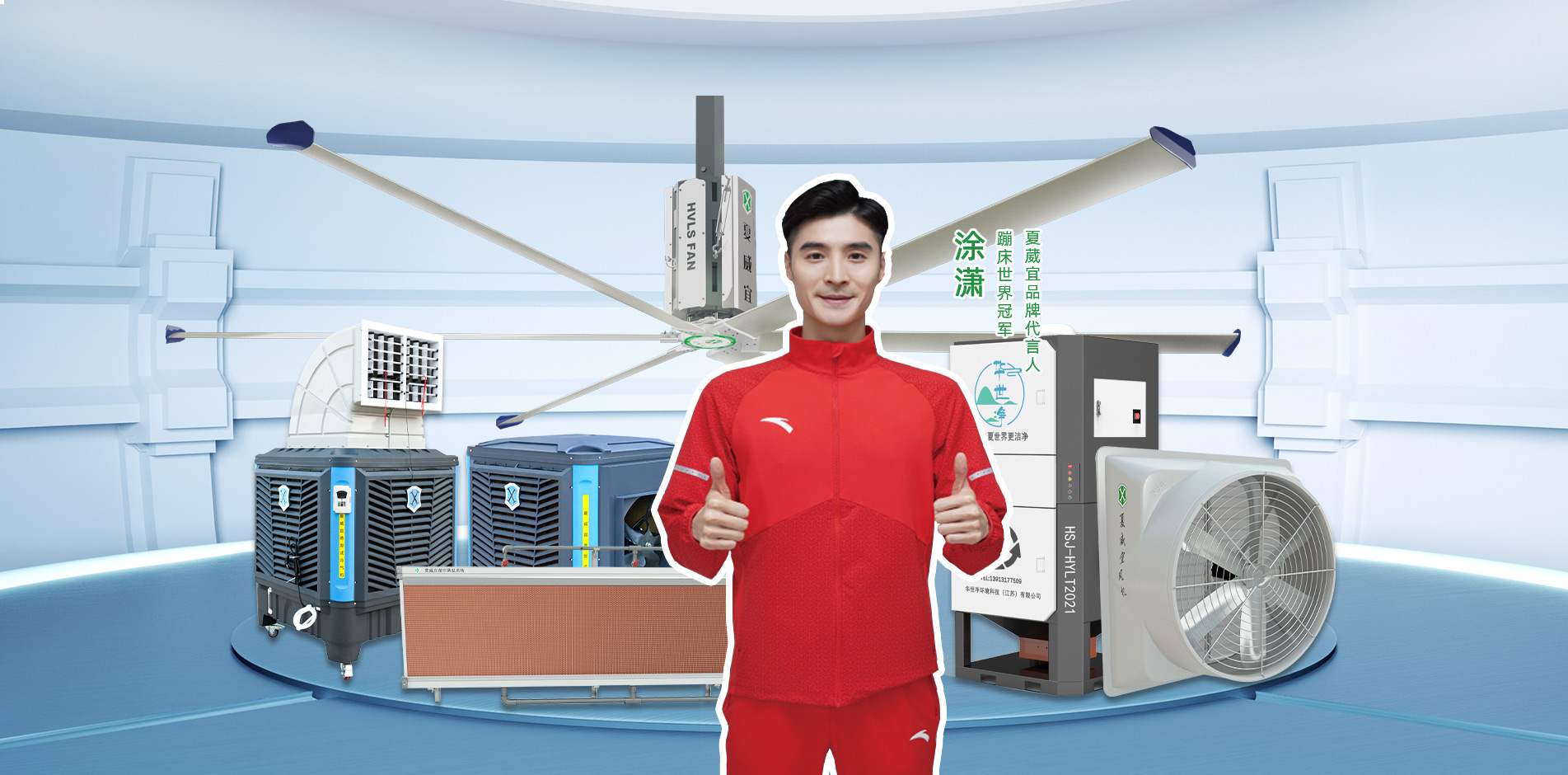



 Home
Home Products
Products Telephone
Telephone Message
Message






